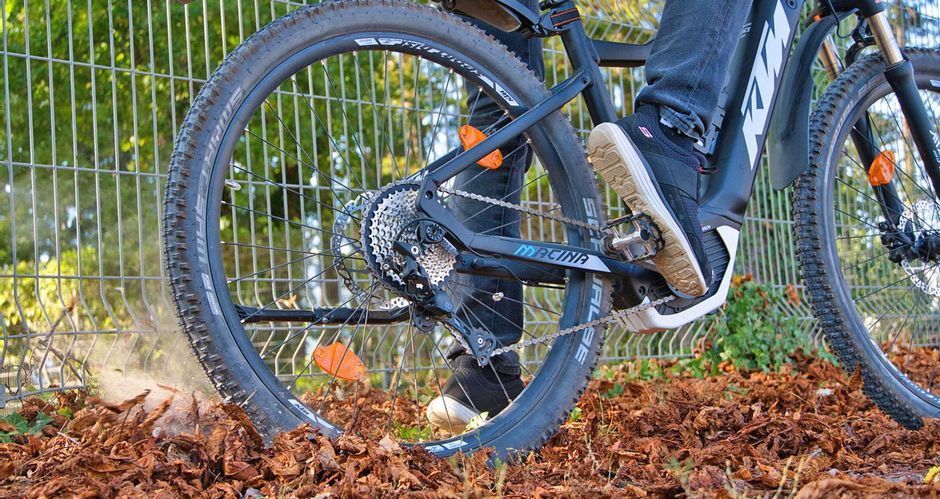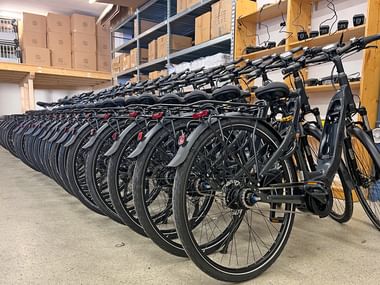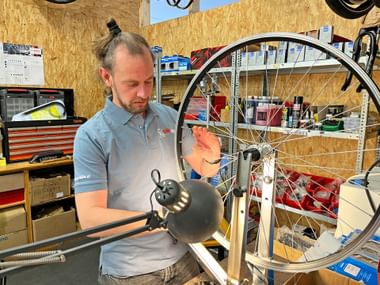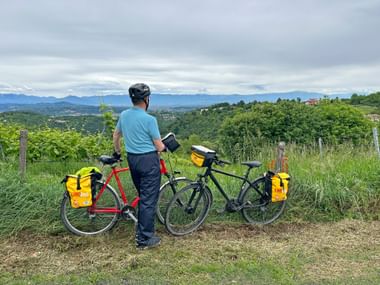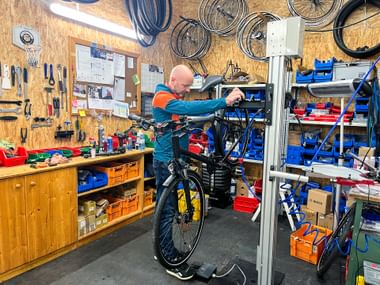As temperatures start to drop and the first snowflakes begin to fall, a long and eventful cycling season draws to a close. If you're not a year-round cyclist, now is the time to think about proper winter storage. Simply parking your bike in the basement won't be enough. But don’t worry — thanks to our tips and tricks, the effort is minimal, and you'll be ready to hit the road again with ease come spring.
How to Properly Store E-Bikes and Bicycles for Winter
